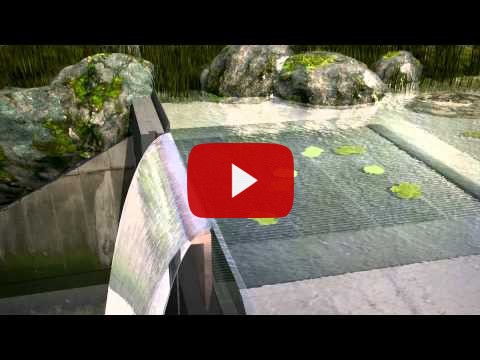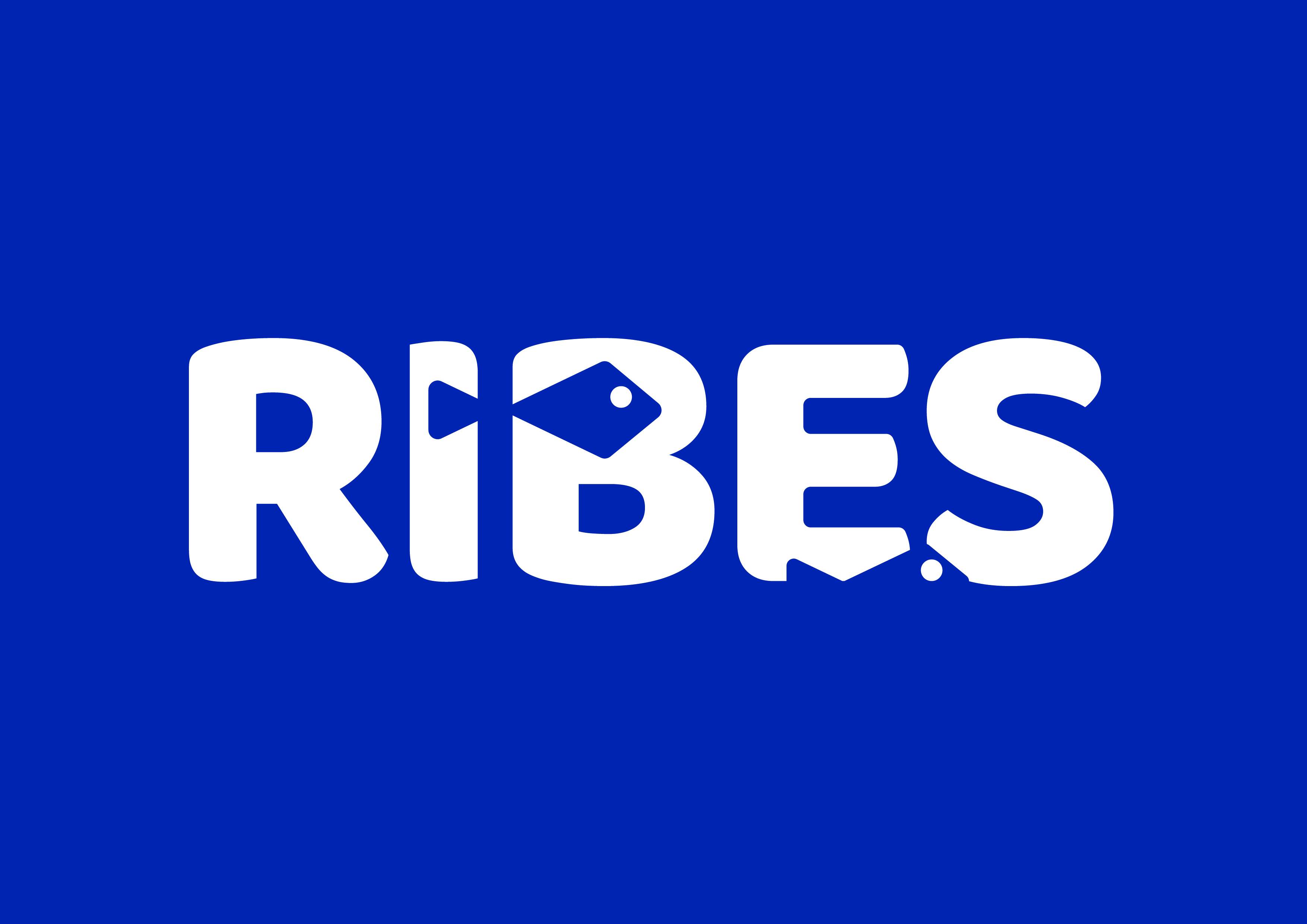HYDRO4U - Hydropower For You



Client:
European Commission
Partner:
Technische Universität München
Steinbeis-Europa-Zentrum
Universität für Bodenkultur Wien
Hydrosolutions GmbH
International Water Management Institute
Global Hydro Energy GmbH
Toshkent Irrigasiya va Qishlog Xojaligini Mexanizatsiaylash Muhandislari Instituti
Fundacion CARTIF
Eigen Vermogen Instituut voor Natuur- en Bosonderzoek
Kyrgyz State Technical University
Gesellschaft für Planung, Maschinen- und Mühlenbau Erhard MUHR mbH
ILF Consulting Engineers Austria GmbH
Background:
The countries Kazakhstan, Kyrgyzstan, Tajikistan, Turkmenistan and Uzbekistan, located in Central Asia, hold an enormous potential for hydroelectric power generation. The high quality of European hydropower technology is well known and accepted worldwide, but is often considered as not being competitive compared to techniques from other parts of the world, since high ecological standards are taken into account. Aim of the project is a demonstration of innovative and sustainable hydropower solutions targeting unexplored Hydropower potential in Central Asia that will contribute to solve the cross-border water and energy management challenges in the region.
Description:
Hydro4U aims to bring together industry, politics, science and stakeholders from both Central Asia and the EU to demonstrate European hydropower technologies to enable a sustainable and climate resilient future for the region considering a legislation, similar to the EU-WFD and EU-RED. Within the project environmentally friendly hydropower plants are designed and constructed in the region. The video on the right shows the design of a shaft hydropower plant, which will be implemented in one of the study sites.















